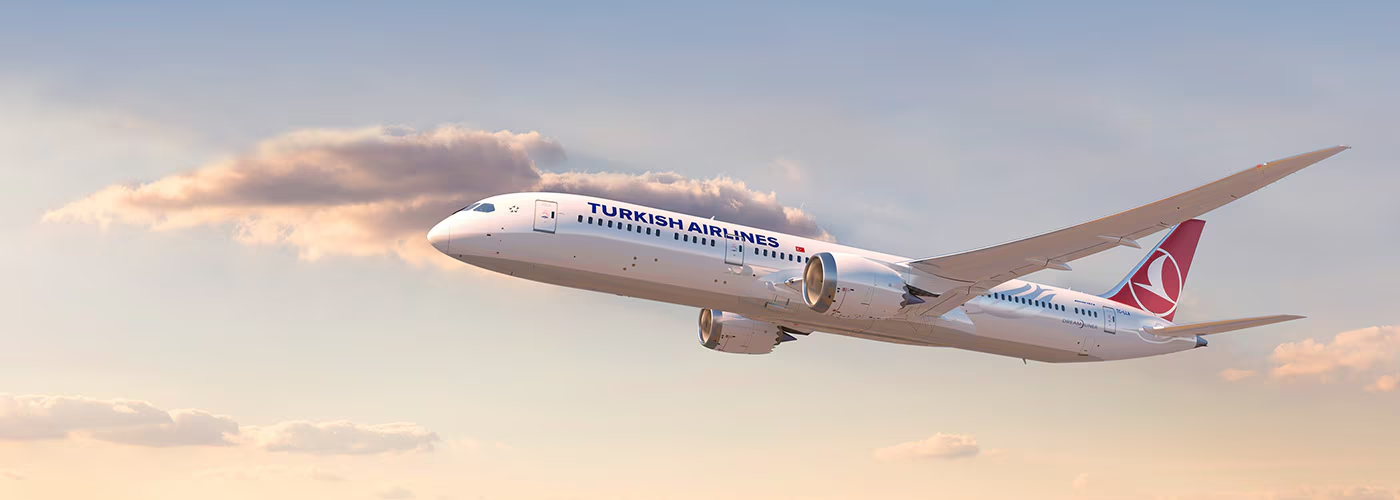Exploring the Benefits and Challenges of Advanced Self-Service Technology in Aviation
Advanced self-service in aviation is an emerging technology that offers a number of benefits to both passengers and airlines. It has the potential to significantly reduce the costs of air travel while delivering an enhanced experience for passengers. In this article, we will explore the potential advantages of advanced self-service technology in aviation, detail the challenges associated with its implementation, and discuss how it might shape the future of air travel.
Emerging Trend of Advanced Self-Service in Aviation Industry
The aviation industry has seen its fair share of innovations over the past decades, as technological advancements gain momentum, a growing trend of advanced self-service in aviation is emerging. Self-service technologies in the aviation industry allow passengers to make their own check-in, manage their journeys, buy upgrades, and much more.

This technology helps in increasing the efficiency of the processes, providing smoother travel experiences for customers, and reducing costs for airlines. Self-service has become such a growing trend among airlines that by the year 2024 the global self-service technology aviation market is expected to reach $4 billion. The advanced self-service technology boasts many opportunities, from enhancing the customer experience to cost reduction, making it beneficial for passengers and airlines.
In recent years, self-service has been becoming more advanced in the aviation industry. Self-service, where passengers are able to complete processes such as check-in, baggage drop, and security clearance without assistance from the counter staff, is being employed more often than ever before to save time and money. This is particularly true in the United States, although many other countries are beginning to use such technology domestically. Self-service options offer passengers’ convenience, with the ability to select their seats, print or view boarding passes, and add additional services. The trend towards increased usage of self-service technology in the aviation industry is likely to continue, as it provides the infrastructure for greater efficiency in air travel.

The Benefits of Self-Service Technology in Aviation
As air travel demand increases, developments in aviation self-service technology have become increasingly commonplace. Consequently, self-service technology enables more people to have more access to aircraft whether it is in the realm of private flight or within the commercial industry. In addition, self-service technology helps to provide cost-effective solutions for the aviation industry, such as automated check-in and baggage scanning. Similarly, this technology can also be used to provide passengers with an improved in-flight experience. This is due to self-service kiosks that allow travelers to print own their tickets or download boarding passes at their own convenience. It is clear that the increased trend of self-service in aviation provides passengers with various advantages and opportunities.
Pros and Cons
Self-service technology in aviation has become increasingly popular in recent years and demonstrates the rapidly growing impact technology can have on the air travel industry. However, there are consequences to this technology when it is implemented poorly or insufficiently maintained. In particular, the use of self-service can lead to delays and cancellations since errors in check-in, scanning boarding passes and other steps associated with self-service can cause disruption to the arrival and departure process. Inadequate staffing of information or customer service desks also contributes significantly to delays as passengers can often be left with few options for resolving their issues. Ultimately, self-service in aviation can potentially lead to delays and cancellations if not properly managed and regulated.

Advanced self-service solutions in aviation have revolutionized the industry, creating faster and more efficient processes that save travelers time and money. They have made it simpler to manage bookings, check-in, and drop off luggage, streamlining operations and resulting in higher customer satisfaction. This type of technology has also made it easier for travelers to access information, opening up a world of possibilities for the aviation industry. Overall, it is clear that the use of advanced self-service solutions in aviation is bringing many benefits to a wide range of stakeholders, both inside and outside the industry.
Conclusion

In conclusion, advanced self-service technology in aviation has the potential to significantly improve the travel experience for passengers and reduce costs for airlines. It streamlines processes, providing convenience for travelers and efficiencies for the industry. However, it’s important for airlines to carefully consider the implementation and maintenance of this technology to avoid disruptions and negative impacts on the travel experience. As the trend towards self-service in aviation continues to grow, it will be interesting to see how it shapes the future of the industry and the way we travel.
Cover image: Sam Chui
You might also like:
- How Fast Can Commercial Airplanes Fly?
- Which Planes Are Used for Short, Medium, and Long Haul Flights?
- Top 10 International Airports in the World 2021
- SunExpress Kicks Off Dubai Airshow 2023 with Major Boeing 737 MAX Order
- United Airlines Pilot Banned for Intoxication on Transatlantic Flight
Discover more from Aviation for Aviators
Subscribe to get the latest posts sent to your email.














Post Comment